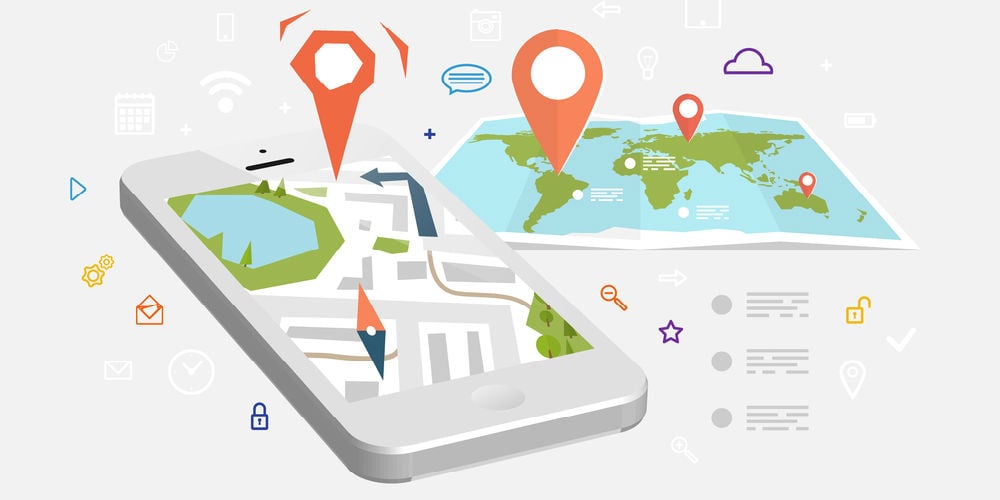How technology is driving advancements in repossession

Regardless of whether the U.S. economy is booming or busting, repossessions are a business reality for lenders. According to The Washington Post, over 4% of auto loans were at least 90 days delinquent at the end of last year. That’s the highest rate in five years! Active vehicle repossession orders totaled 360,000 at any given time this year, double last year’s count.
Fortunately, technology has advanced to facilitate repossessions in the lending industry, using far less time and labor than in years past. Here are some ways your credit union can put technology to work to locate assets quickly and streamline processes.
License Plate Recognition (LPR) and LPR Staging
One of the most prevalent technological advances in the repossession industry today is LPR. Routinely used by police and toll collectors, camera cars are also used by repossession agents to capture and save scanned images of vehicles in highly populated areas where individuals may be found over and over again, such as office complexes, shopping centers, apartment complexes, etc. As license plates are scanned by the camera cars, the data is bumped up against a database of vehicles placed out for repossession. An alarm sounding as license plates are captured indicates a unit is out for repossession. In that event, the camera car operator calls the lender or forwarding company to validate that the unit was placed out for repossession and asks for permission to secure the unit.
The photo database provides a treasure trove of information. Let’s say your repossession vendor’s camera car logs a specific license plate in a certain parking lot every Tuesday at 10 am. If that vehicle loan becomes delinquent next month, your vendor may not need to track down additional details for that debtor. Instead, the vendor can call up the historical data, note the pattern, and increase the likelihood of securing the vehicle in one attempt the following Tuesday at 10 am.
In addition to the immediate alarms triggered for active repossession orders, many lenders are staging their charged off or severely delinquent loans in a database, where they are not being actively skip traced or worked by a repossession vendor. As new LPR data is collected, network alerts will sound if a camera car scans a license plate of a unit in the staging database, at which time the camera car operator calls for authorization to secure the unit. LPR staging provides possibilities for repossessing vehicles that may have been lost causes in the days before camera cars.
Geo Locate
As the landscape changes for repossession vendors and technological advances become more of a demand, many lenders are urging repossession vendors to incorporate the use of geo locate in their updates. Here are two smart ways the repossession industry is using geo locate:
- While repossession vendors are expected to provide accurate updates on their efforts within the first 24 hours and every two to three days thereafter, many updates are so generic that lenders question the validity of the information. With geo locate, an actual geo stamp is placed on the update, confirming the repossession vendor’s time, date, and coordinates at the time of the report, giving lenders greater peace of mind that the update was made at the actual address reported at the time of the report.
- Geo locate also helps repossession vendors plan out their route on a daily basis. The software technology compiles the loans a particular driver needs to run in a given day, then maps out the best, most efficient route for running those accounts. This reduces route planning time, drive time, and labor and makes repossession vendors as efficient as possible.
Software
Finding and repossessing vehicles requires your credit union’s staff to oversee multiple vendors, tasks, and services. With a consolidated software package, your staff will find all the asset recovery information and vendor access they need in one spot:
- Borrower information and history
- Field visit notes and arrangements made with debtors
- Skip tracing notes
- Repossession requests, status, and details
- Vehicle remarketing and auction information
- Title tracking
- Real-time data and customized reports
As technology forges ahead, it delivers a multitude of new and convenient methods for tracking loan and borrower status and details. To realize the biggest savings in time, labor, and vendor costs, consider asking your repossession partners to incorporate license plate recognition into your credit union’s repossession strategy, and find out if they also offer geo locate. Additionally, find out if your business partners offer a consolidated software package to assist you in streamlining your risk management efforts and increasing efficiencies. You also should consider asking if your partners or their associates have a strategy for embracing the latest technological advances available in the repossession industry. To learn more about enhancing the effectiveness of your collections program and finding the right partner for asset recovery needs, download SWBC’s new ebook, The Recipe for Risk Management.

